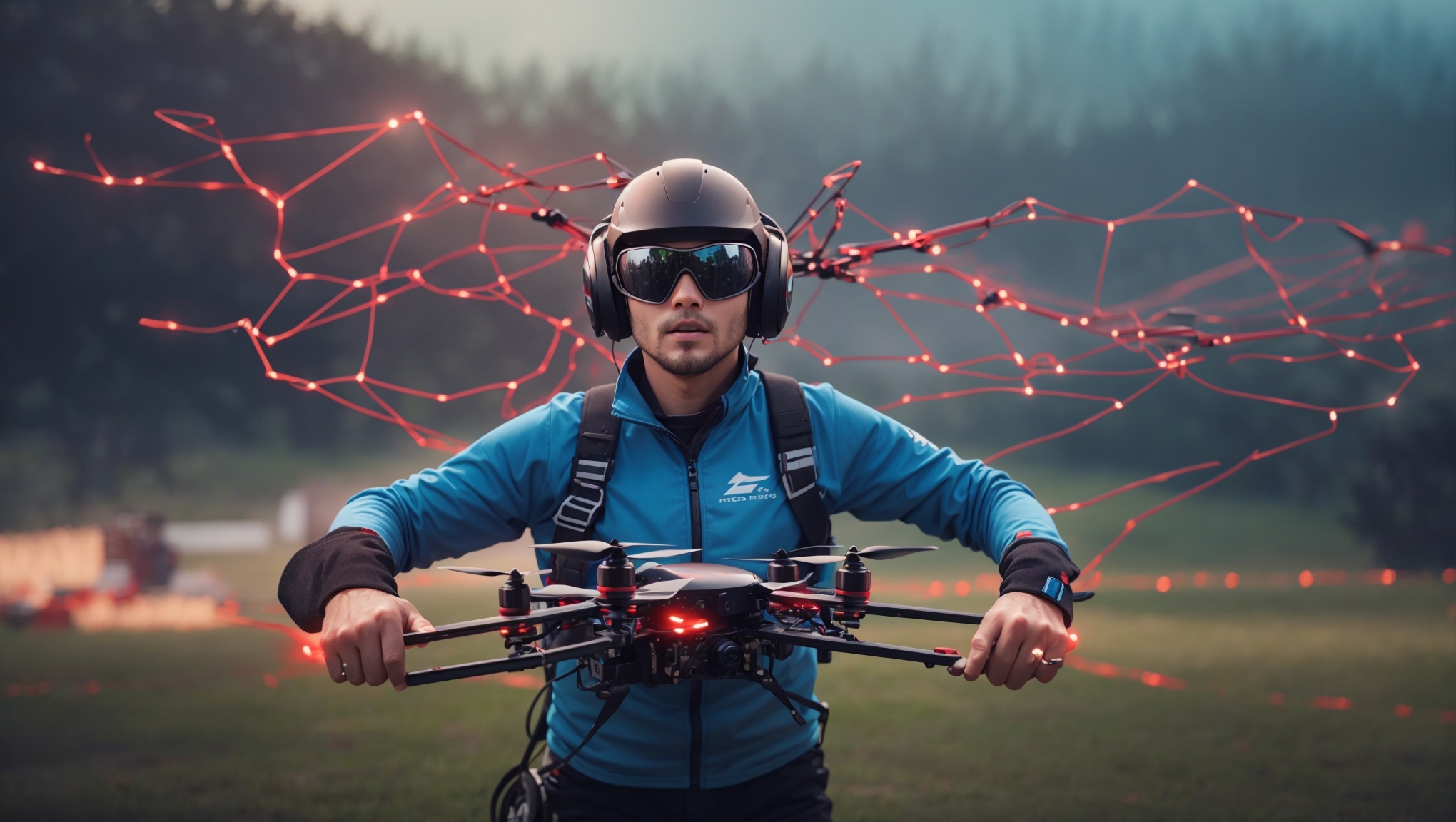Drone racing is an exhilarating sport that combines speed, precision, and technical skill. While the thrill of racing drones is undeniable, it’s crucial to prioritize safety to ensure a positive experience for both participants and spectators. In this comprehensive guide, we’ll explore essential drone racing safety protocols that every enthusiast should understand and adhere to.
**1. Know and Follow Local Regulations:
Before engaging in drone racing, familiarize yourself with the local regulations governing unmanned aerial vehicles. Different regions have varying rules regarding drone flight, especially in urban or densely populated areas. Understanding these regulations is essential for responsible and legal drone racing.
**2. Choose Safe Flying Locations:
Selecting a safe flying location is paramount to drone racing safety. Avoid crowded areas, airports, and restricted airspace. Opt for open spaces such as designated drone racing courses, parks, or fields with minimal foot traffic. This reduces the risk of collisions with people, objects, or other drones.
**3. Check Weather Conditions:
Keep a close eye on weather conditions before initiating a drone race. Wind, rain, or adverse weather can impact the stability and control of your drone. Racing in inclement weather not only poses a risk to the safety of the drone but also increases the chances of accidents and crashes.
**4. Conduct Pre-Flight Checks:
Performing thorough pre-flight checks is a crucial aspect of drone racing safety. Inspect the drone’s frame, propellers, motors, and electronics for any signs of damage or wear. Ensure that all components are securely fastened, and batteries are fully charged. Regular maintenance contributes to the overall safety and performance of your racing drone.
**5. Implement Frequency Management:
Drone racing often involves the use of radio frequencies for communication between the drone and the pilot’s remote control. To avoid interference and collisions, establish a frequency management system when racing with others. Assign specific frequencies to each pilot to prevent signal disruptions that could lead to accidents.
**6. Establish No-Fly Zones:
Define clear no-fly zones within your racing area to prevent unintentional drone flights into restricted areas. Clearly mark these zones and communicate them to all participants. No-fly zones may include areas with sensitive wildlife, private property, or locations with potential safety hazards.
**7. Maintain Safe Distances:
Maintain safe distances between drones, spectators, and race organizers. High-speed maneuvers and unexpected flight patterns can pose risks if participants and spectators are too close to the racing area. Establish clear boundaries and ensure that everyone adheres to safety protocols.
**8. Emergency Procedures:
Establish and communicate emergency procedures before each race. This includes protocols for drone malfunctions, crashes, or any other unforeseen circumstances. Having a well-defined plan in place helps mitigate risks and ensures a swift and organized response to unexpected situations.
**9. Pilot Training and Qualifications:
Encourage and, if possible, require pilot training and qualifications. A skilled and knowledgeable pilot is better equipped to handle the challenges of drone racing, reducing the likelihood of accidents. Training programs should cover both flying skills and safety protocols.
**10. Use Safety Gear:
Wear appropriate safety gear during drone races. This may include goggles with proper eye protection, gloves, and even helmets for added safety. Safety gear not only protects the pilot but also minimizes the risk of injury in the event of an accident.
Conclusion:
Drone racing is a thrilling and rapidly growing sport, but safety should always be a top priority. By understanding and implementing these comprehensive safety protocols, drone racing enthusiasts can enjoy the excitement of the sport while minimizing risks and ensuring a positive experience for all involved. Adherence to safety guidelines not only protects individuals and property but also contributes to the responsible and sustainable growth of the drone racing community.

Leave a Reply